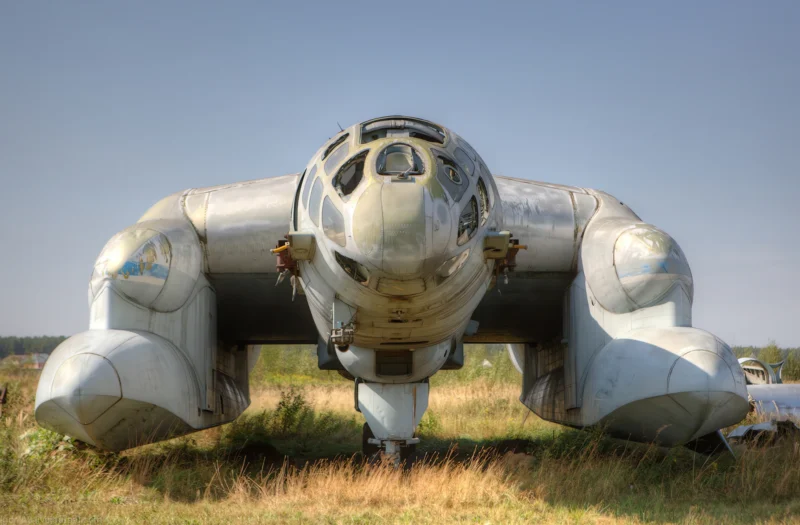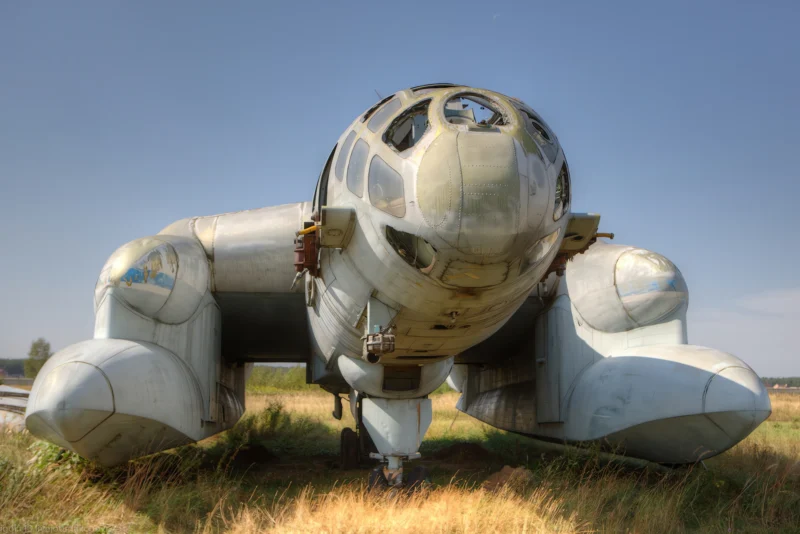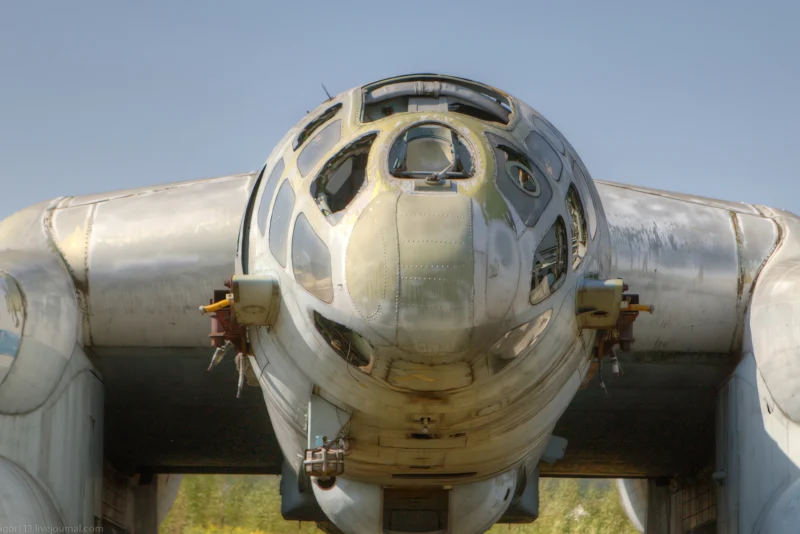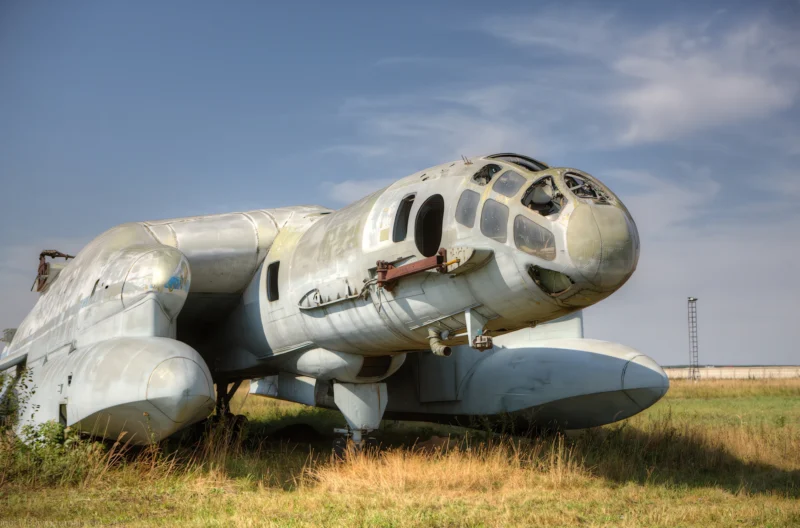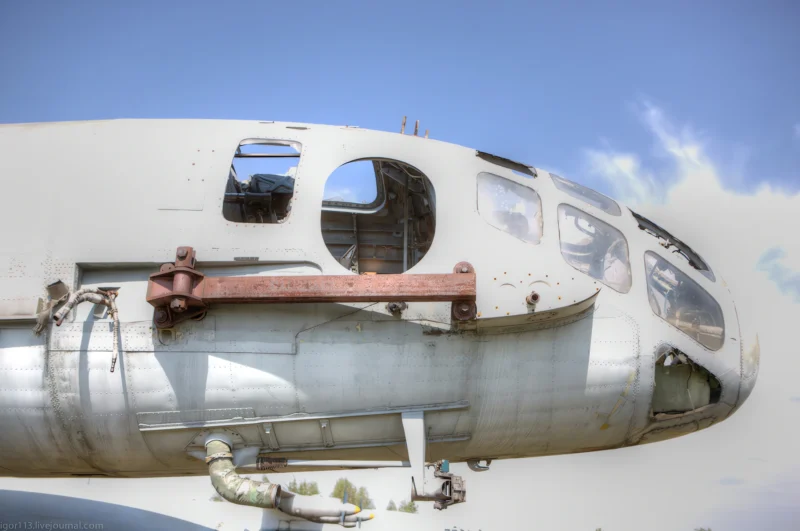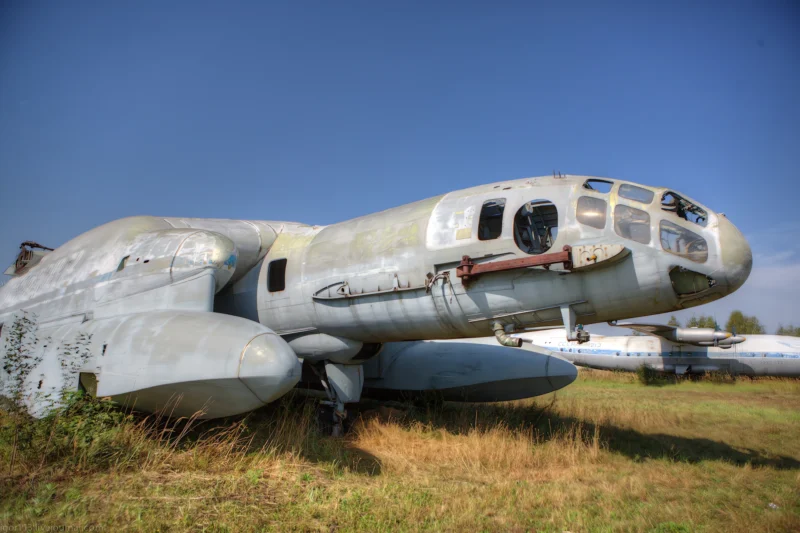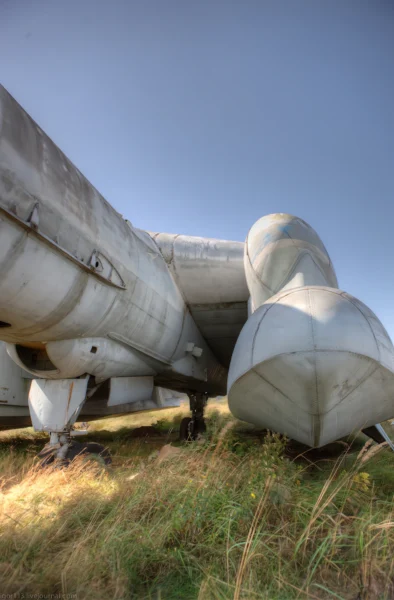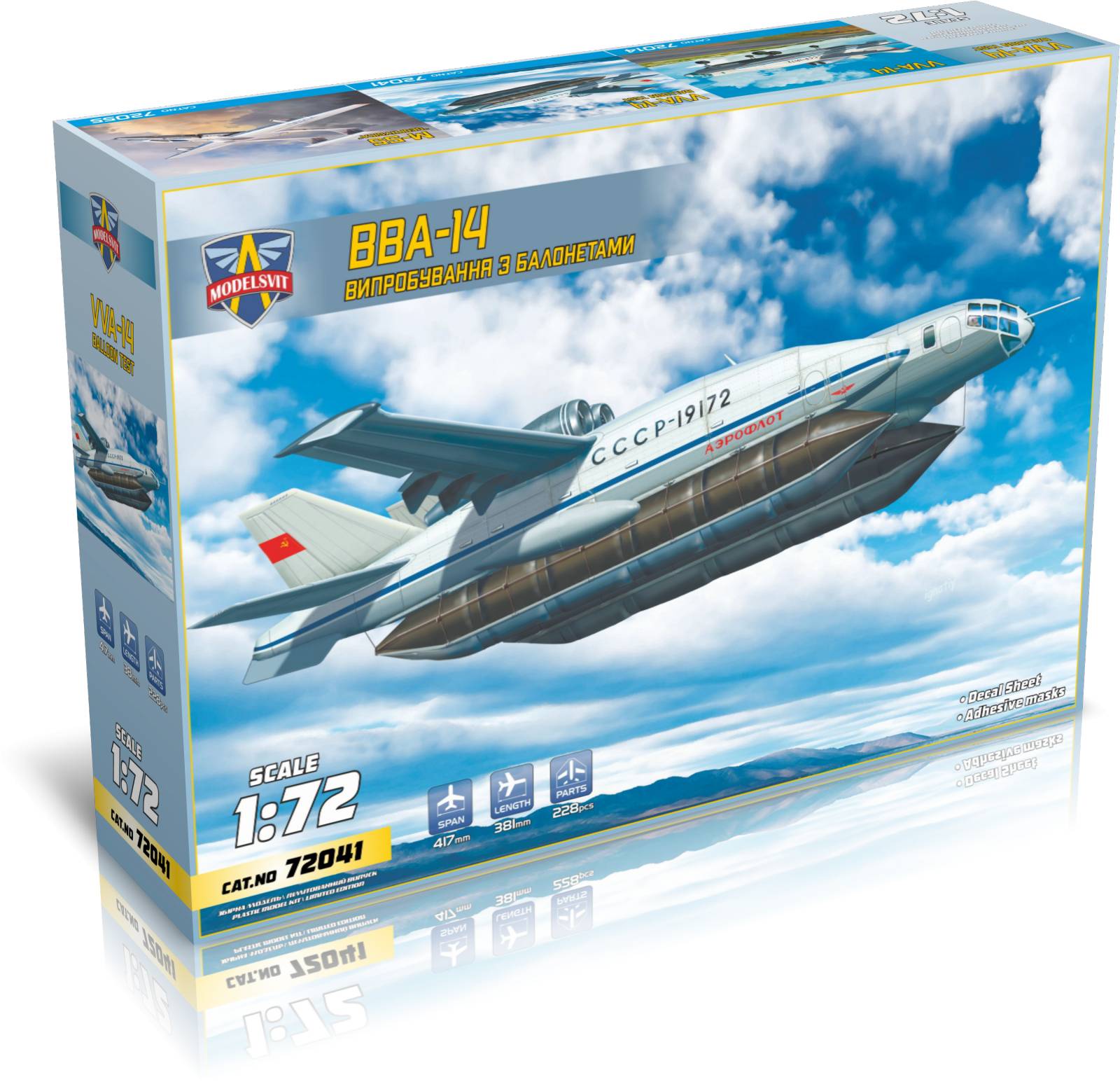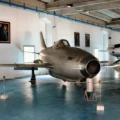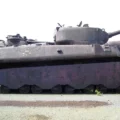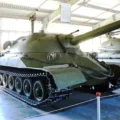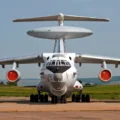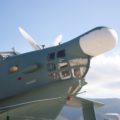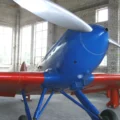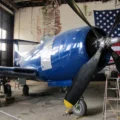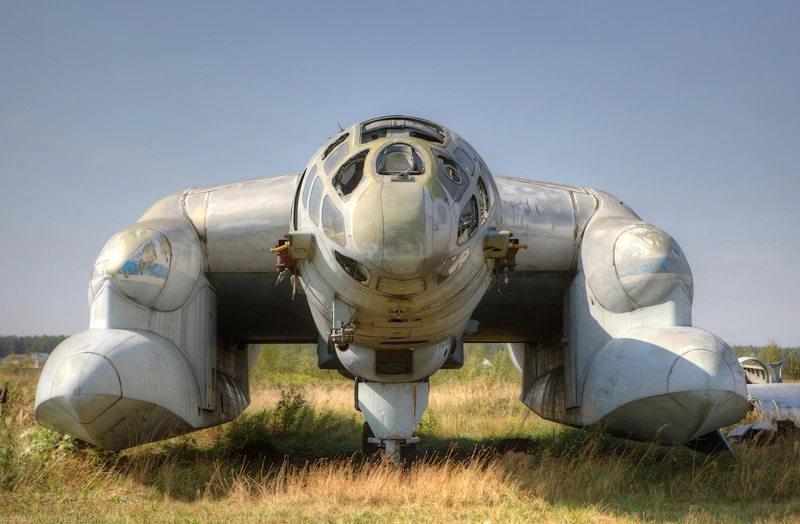
Bartini Beriev VVA-14 | |
|---|---|
| Pays | Union soviétique |
| Type | Avions amphibies ASW |
| Premier vol | 4 septembre 1972 |
| Construit | 2 |
Lla Bartini Beriev VVA-14 Vertikaľno-Vzletayushchaya Amfibiya (avion amphibie à décollage vertical) était un avion à effet aile dans le sol développé en Union soviétique au début des années 1970. Conçu pour pouvoir décoller de l’eau et voler à grande vitesse sur de longues distances, il devait effectuer de véritables vols à haute altitude, mais aussi avoir la capacité de voler efficacement juste au-dessus de la surface de la mer, en utilisant un effet de sol aérodynamique. Le VVA-14 a été conçu par le designer italien Robert Bartini en réponse à une exigence perçue de détruire les sous-marins lance-missiles Polaris de la marine américaine. Le dernier avion a été retiré du service en 1987.
Source: Bartini Beriev VVA-14 sur Wiki
| Bartini Beriev VVA-14 Promenade autour | |
|---|---|
| Photographe | Igor Kolokolov |
| Localisation | Inconnu |
| Photos | 130 |
Voir aussi :
General Characteristics (Experimental Prototype)
The VVA-14 (Vertikal’no-Vzletayushchaya Amphibiya, or Vertical Take-off Amphibious) was a highly unusual Soviet experimental aircraft designed by Roberto Bartini and built by Beriev. It was intended to be a long-range anti-submarine warfare (ASW) aircraft capable of true amphibian operation, including vertical take-off and using the ground effect.
| Property | Value (VVA-14M1/M2 Prototype) |
|---|---|
| Rôle | Experimental Anti-Submarine Amphibian |
| Designer | Robert Bartini / Beriev Design Bureau |
| First Flight | September 4, 1972 |
| Crew | 3 (Pilots and Systems Operator) |
| Configuration | High-wing monoplane, twin boom, large central hull |
| Maximum Take-Off Weight | Approx. 52,000 kg (114,640 lb) |
Design and Powerplant
- Primary Engines: Two Soloviev D-30M turbojet engines (mounted above the wing roots) for cruise and conventional take-off.
- Vertical Lift Engines: Originally planned to use twelve smaller Kolesov RD-36-35PR lift engines in the central hull (but never fully fitted or tested).
- Hull Design: Featured an innovative, detachable inflatable pontoons (later replaced by rigid floats) for buoyancy and water take-off, giving it a very broad, eccentric appearance.
- Flight Mode: Intended to operate conventionally (cruise), as a sea-plane (water takeoff), and as a ground effect vehicle (using the ram-air cushion effect close to the surface).
- Cancellation Reason: The inability to produce and integrate the planned battery of vertical lift engines, combined with the death of chief designer Roberto Bartini, led to the cancellation of the program.
Performance and Armament
- Maximum Speed: Approximately 760 km/h (470 mph).
- Cruise Speed: Approximately 640 km/h (400 mph).
- Operational Range: Up to 2,400 km (1,500 miles).
- Service Ceiling: 8,000 m (26,250 ft).
- Armament: Proposed to carry torpedoes, depth charges, and mines in an internal weapons bay for the ASW role.
Vues : 3623
